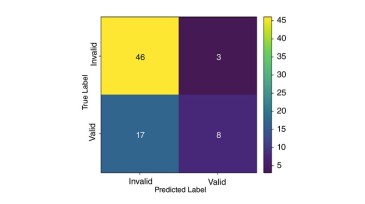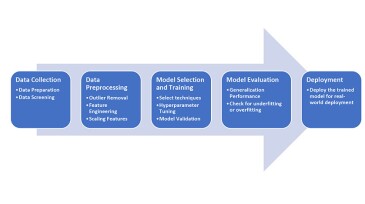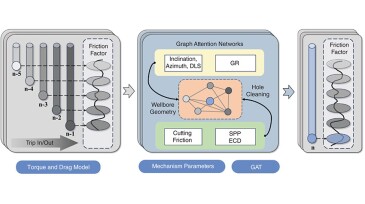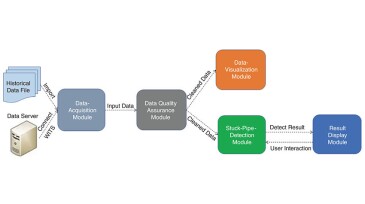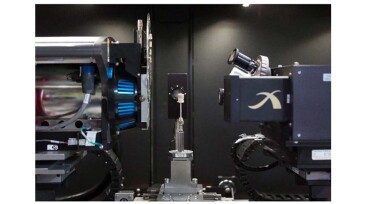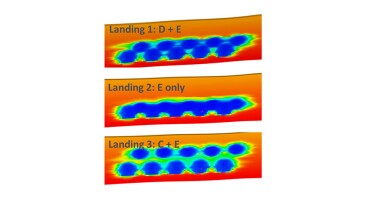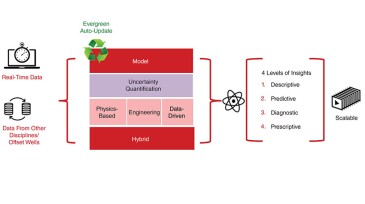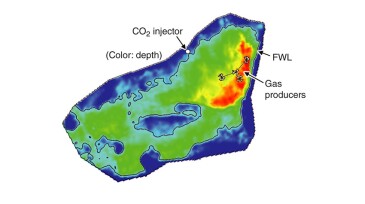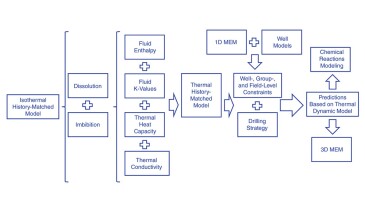modeling
-
This paper introduces a machine-learning approach that integrates well-logging data to enhance depth selection, thereby increasing the likelihood of obtaining accurate and valuable formation-pressure results.
-
This study aims to use machine-learning techniques to predict well logs by analyzing mud-log and logging-while-drilling data.
-
This article explores how the pursuit of a "perfect" reservoir model may be hindering progress in an industry increasingly shaped by data, uncertainty, and AI.
-
This paper describes the development of a method of predicting drillstring-friction coefficient during tripping operations that can be used for early warning of stuck pipe.
-
This paper proposes a time-series analysis approach to build a reliable, easy-to-use tool to automatically detect stuck pipe accurately and early.
-
The authors of this paper present a workflow designed to achieve maximum integration between analytical and modeling activities in carbon capture and storage projects.
-
This paper investigates condensate-banking effects on well performance by conducting field-modeling studies on Delaware Basin deep Wolfcamp condensate producers using compositional simulation models with hydraulic fractures.
-
This paper presents a novel methodology that merges principles of physics, data science, and uncertainty modeling to offer more-resilient and -precise solutions for managing real-time pipe-sticking occurrences
-
The authors present an efficient workflow using an embedded discrete fracture model to simulate carbon-dioxide flow by use of conductive faults.
-
This paper provides guidelines for thermal modeling for carbon capture and storage projects in a depleted gas field.

